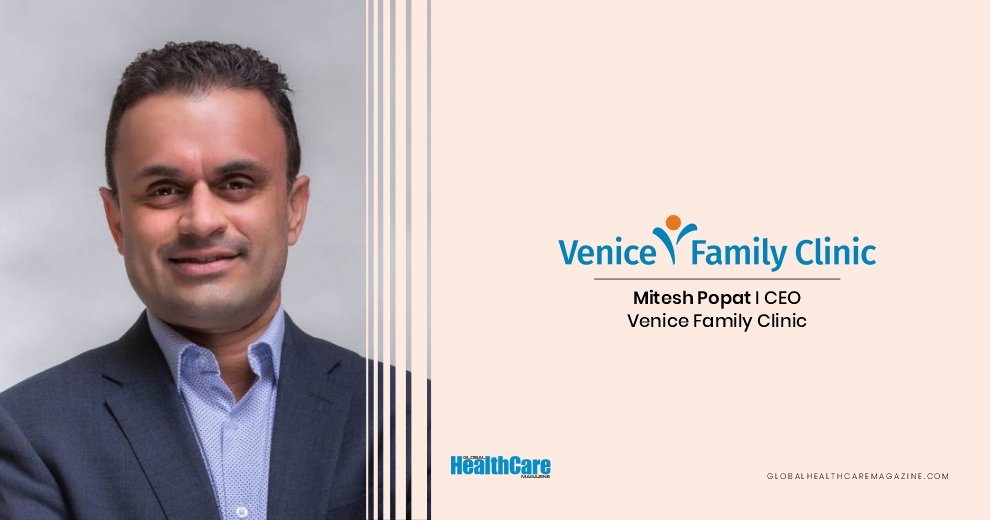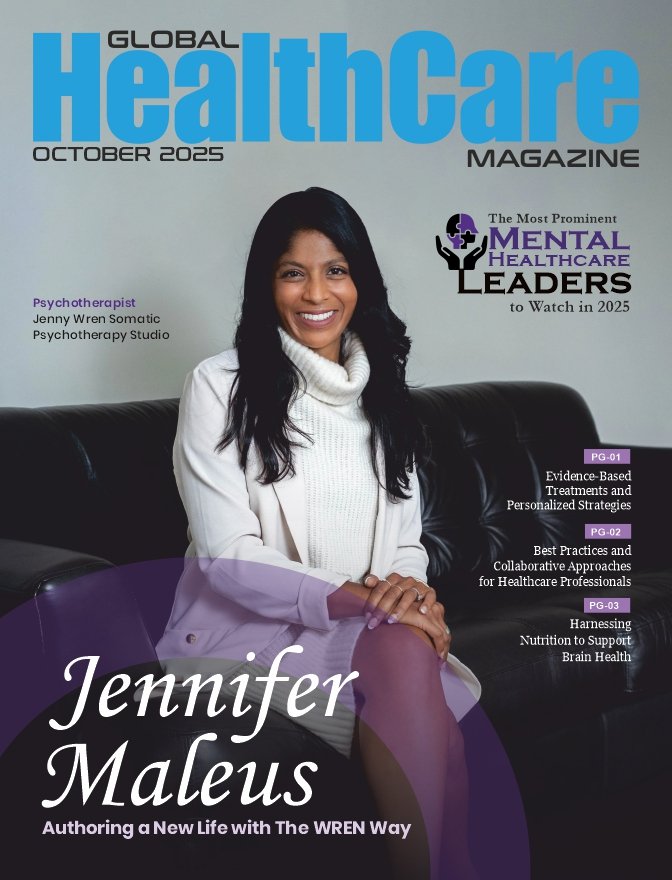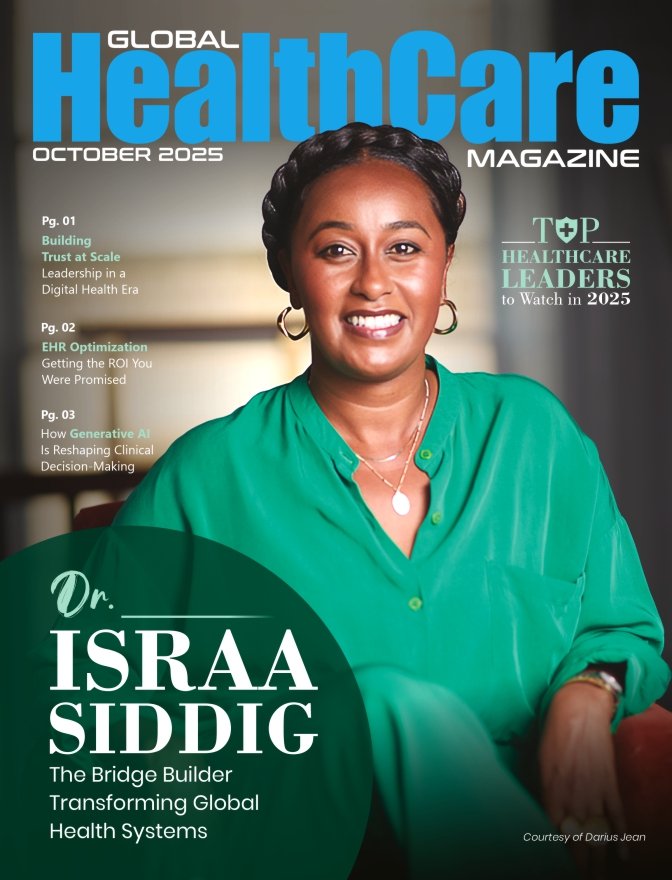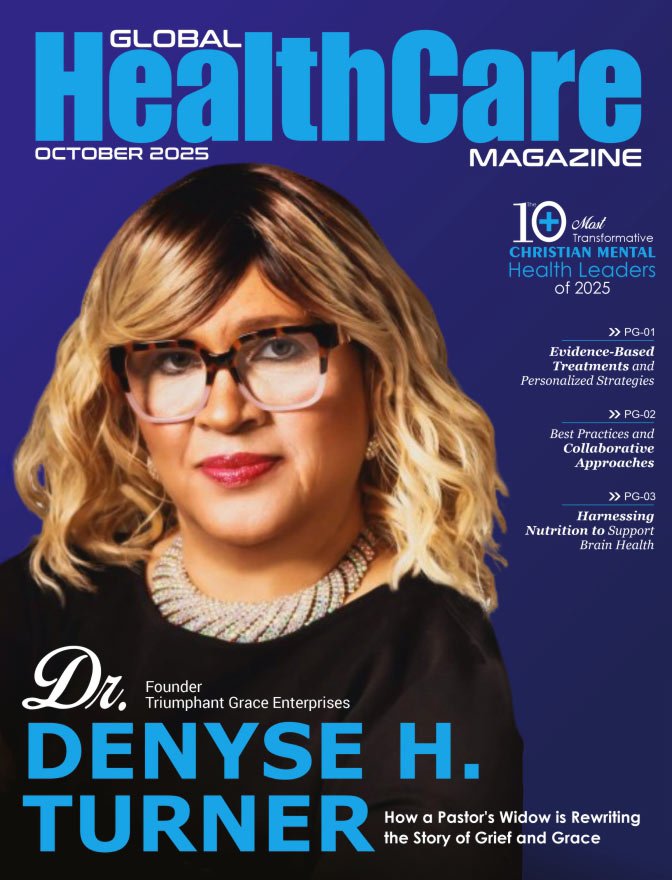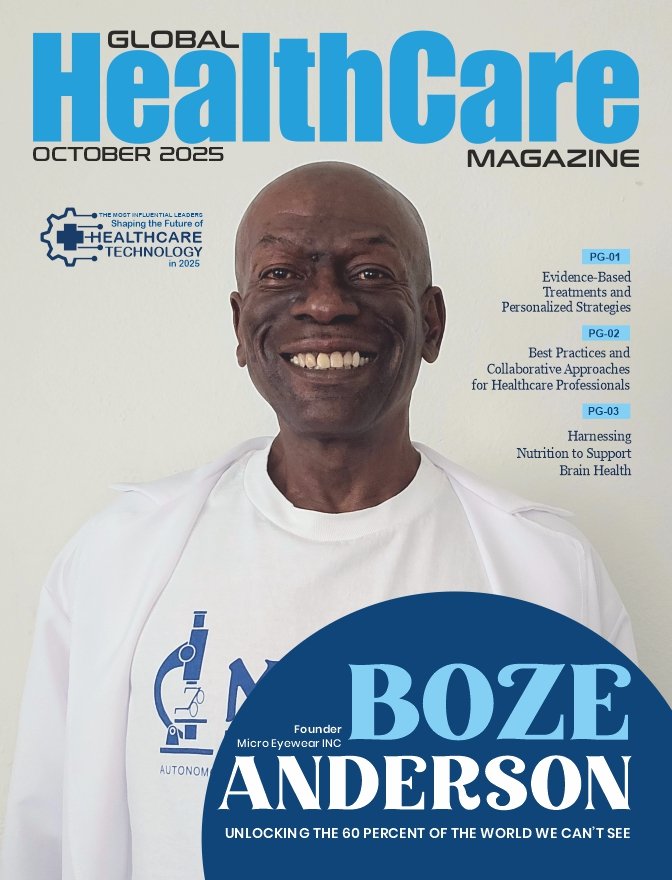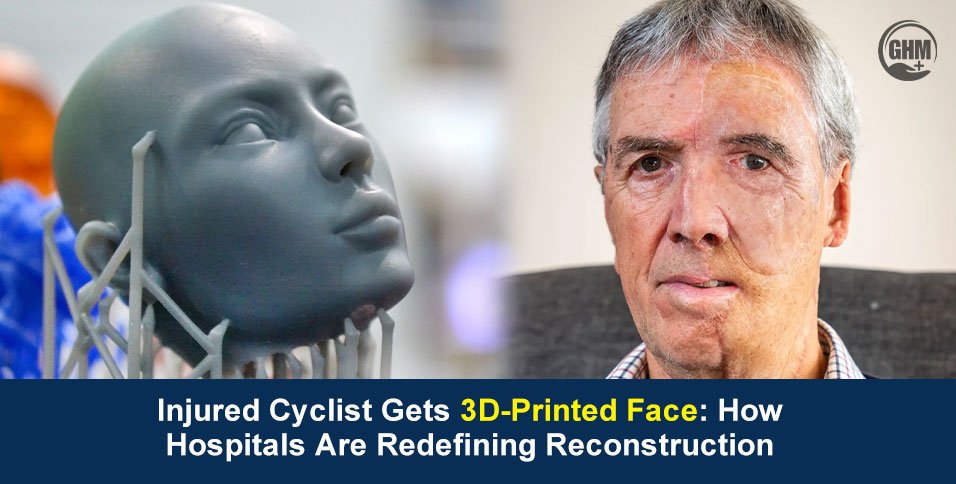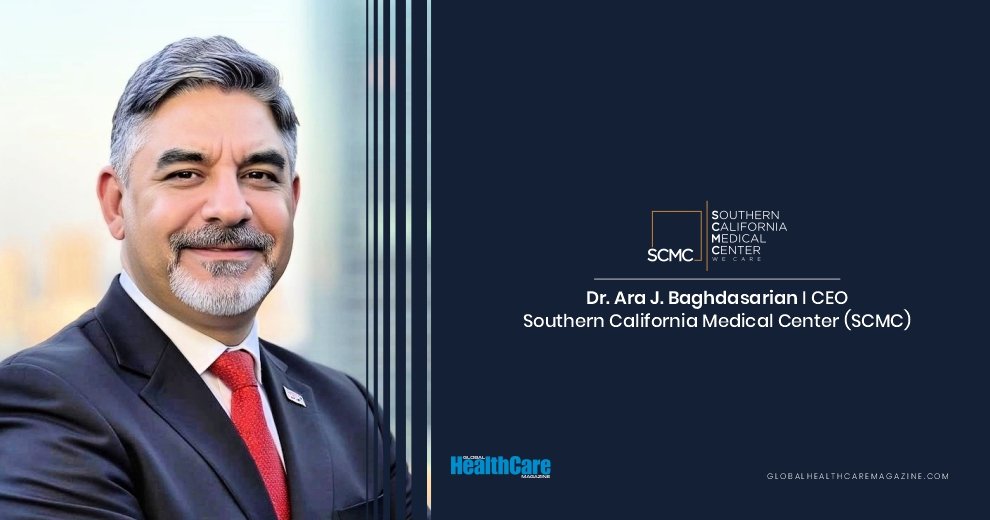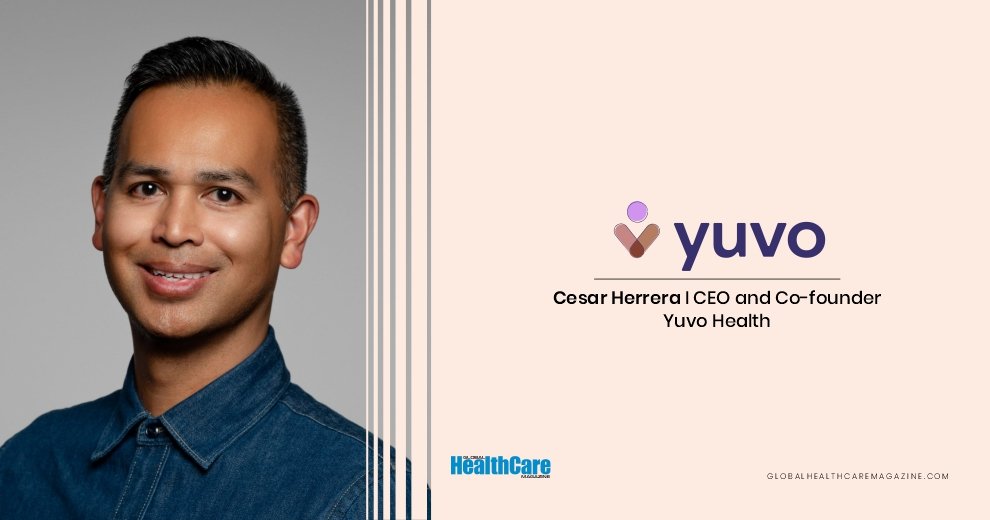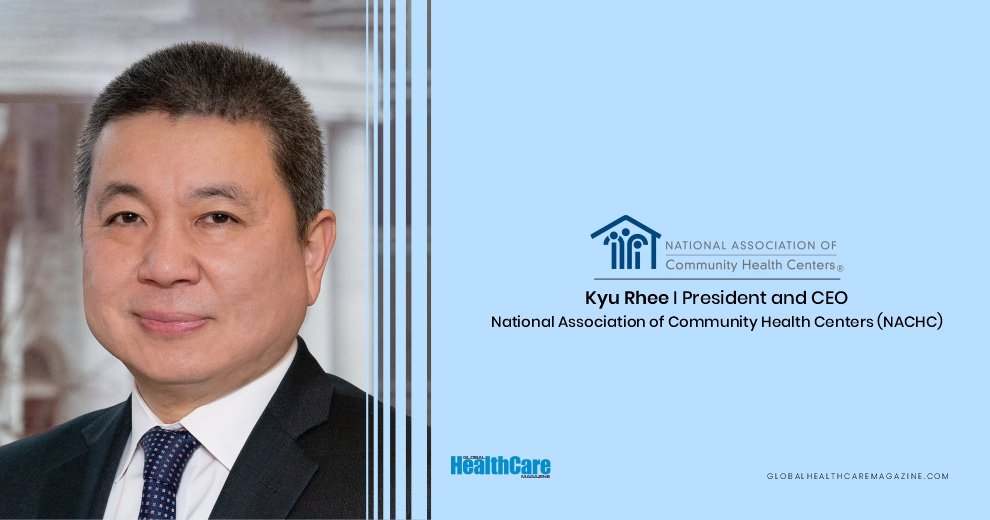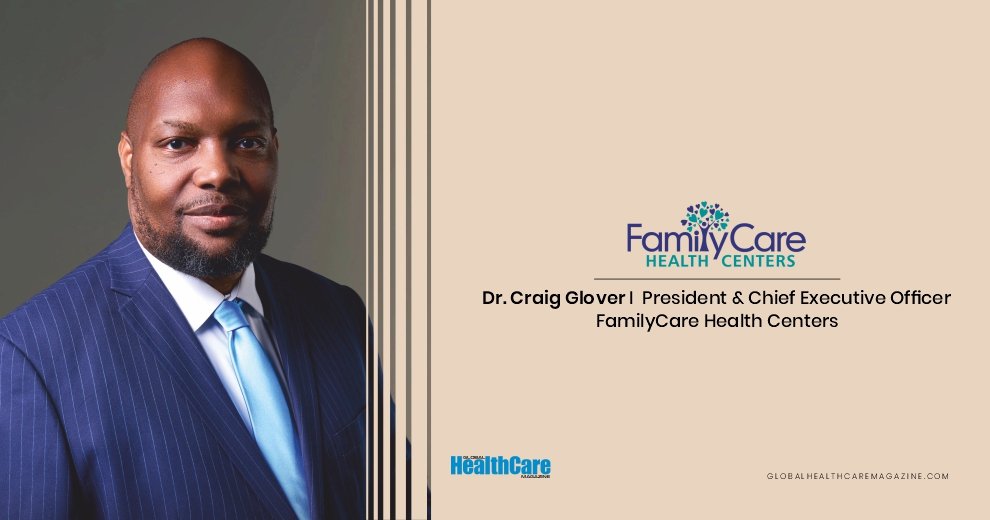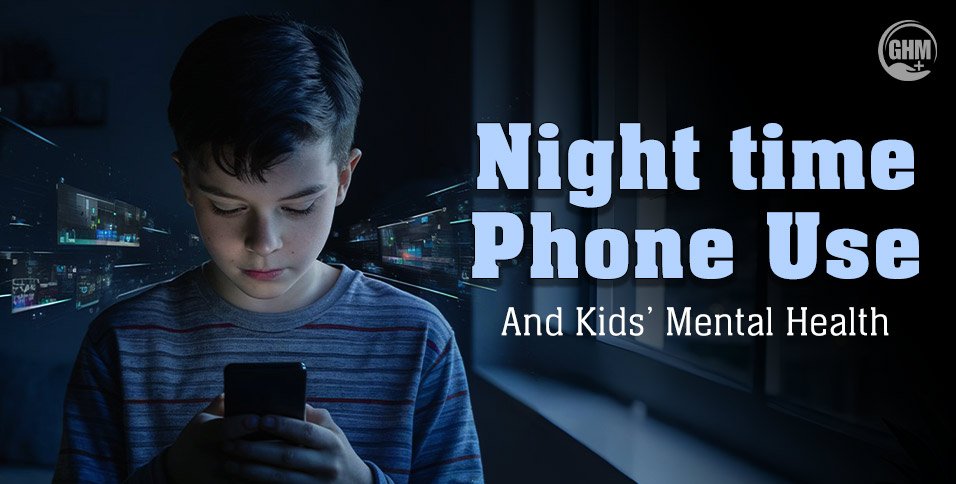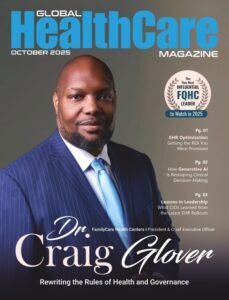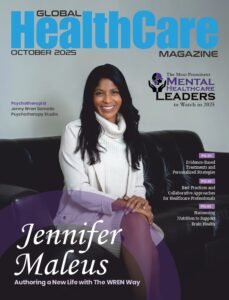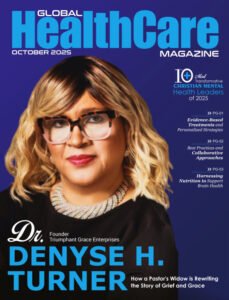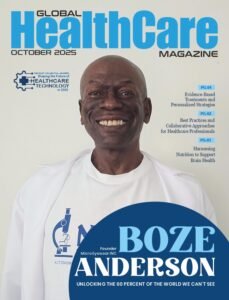On any given morning in Venice, California, the air smells of salt, old asphalt, and eucalyptus. You can also, if you’re paying attention, smell the faint, metallic tang of diesel from the Venice Family Clinic’s street medicine van. This is where you might find Dr. Mitesh Popat. Not in a corner office, necessarily—though he has one—but here, observing the intricate, delicate work of his team on the literal edge of society.
Dr. Popat is the CEO of Venice Family Clinic, a sprawling, vital institution that serves as the primary, and often only, point of care for over 45,000 people in Los Angeles. He is a physician executive, which means he speaks two languages fluently: the clinical language of diagnoses and treatments, and the administrative language of budgets, strategy, and scale. He is trim, with a physician’s calm, observant eyes. When he speaks, he is precise, but the precision is aimed at a target of profound empathy.
He is explaining the problem with a metaphor. “We talk about the ‘safety net,’” he says, his hands sketching the idea in the air. “But a net is passive. It just catches you. It stops your fall.” He pauses, letting the image settle. “We need to shift away from that. We need to fortify the safety net, and turn it into a trampoline.”
A trampoline. The idea is so simple, so visual, it’s almost whimsical. But in Dr. Popat’s framework, it is a radical piece of engineering. A net just prevents disaster. A trampoline uses the energy of the fall to create an upward bounce. It’s about propulsion. It’s about potential. And it is the single best explanation for why Mitesh Popat is one of the most influential leaders in community health today. He isn’t just trying to patch people up; he’s trying to change their trajectory.
The Doctor-Economist
To understand how Dr. Popat thinks, you have to look at what he studied before he ever touched a stethoscope. At UC Irvine, he earned degrees in both biological sciences and economics. This dual-citizenship in two different worlds—the cellular and the systemic—defines his entire worldview. He is, perhaps, the ultimate doctor-economist. He sees not just the patient with diabetes, but the food desert they live in. He sees not just the addiction, but the economic despair and trauma that fuel it.
“Health care is relational and not transactional,” he insists. This is his other mantra. A transaction is an encounter. You show up, you get a pill, you leave. It’s encounter-based, finite. A relationship is longitudinal. It’s preventive. It’s “wholistic.” It requires a “trauma-informed lens,” an understanding that the people he serves have been failed by systems—and people—so many times that trust is the most fragile currency.
This philosophy was not born in a boardroom. It was forged in the field. He saw it as a young doctor at La Clínica de la Raza in Vallejo. He saw it on a global scale, working in India, Honduras, and South Africa, studying everything from HIV prevention to group visit models. He saw, again and again, that you could not treat the body without treating the life.
Before arriving in Venice in late 2022, he was the CEO of Marin Community Clinics. Before that, he was its Chief Medical Officer. He has methodically, over his entire career, collected viewpoints. He served as a commissioner for a managed Medi-Cal plan, giving him the payer’s perspective. He has been an advisor to Bay Area health tech companies, giving him the innovator’s perspective. He has assembled a complete, 360-degree understanding of the problem. He’s not just a doctor in the system; he’s a man who has stood outside of it, looked at the blueprints, and decided the whole design is wrong.
Building the Bounce
So what does a trampoline look like when it’s a healthcare system?
At Venice Family Clinic, it looks like a food program, because you can’t get healthy on an empty stomach. It looks like an Early Head Start program, because multigenerational wellness—breaking the cycle of poverty—is the ultimate “bounce.” It looks like robust substance use treatment programs. And, most visibly, it looks like the street medicine vans, which are not just clinics on wheels but the very edge of the trampoline, the part that reaches out to people where they are, refusing to let them fall through the cracks.
This is what Dr. Popat means by “interdisciplinary care.” It’s the tacit admission that a prescription pad is a woefully inadequate tool for fixing a life.
When Dr. Popat talks about technology, which he does with passion, it’s not about gadgets. It’s about liberation. He sees technology as the tool that can finally absorb the “transactional” burdens—the billing, the scheduling, the data entry—that burn out doctors and dehumanize patients. Technology, in his model, is what frees up the humans to do the relational work. It’s the infrastructure that makes the empathy scalable.
Leading an FQHC in Los Angeles, particularly one with a deep commitment to the unhoused, is not a job for the faint of heart. It is a daily confrontation with the nation’s most complex, visible, and heartbreaking social failures. It is slow, grinding, and often thankless work.
But Dr. Mitesh Popat doesn’t seem ground down. He seems energized. He sees the 45,000 people his clinic serves not as a burden, but as a proof of concept. He is a man who has looked at the abyss and, instead of just stringing a net across it, is methodically building a machine for propulsion. He is building a bounce.

